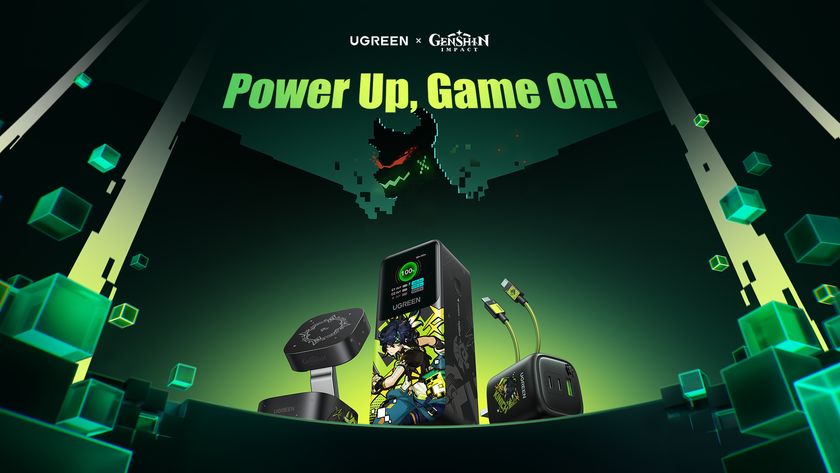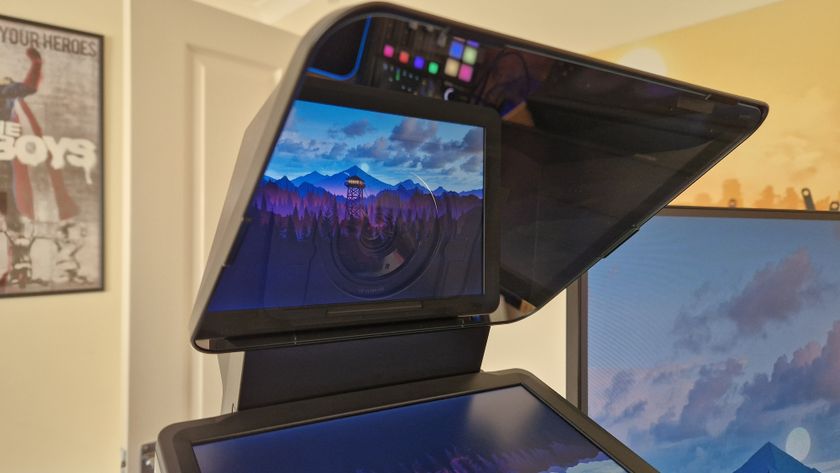AMD Navi Explained: Why you should care about the latest breakthrough in graphics hardware
Seeing AMD Navi pop up all over the internet, but not sure what it means? Here’s all the info on AMD’s latest graphics hardware
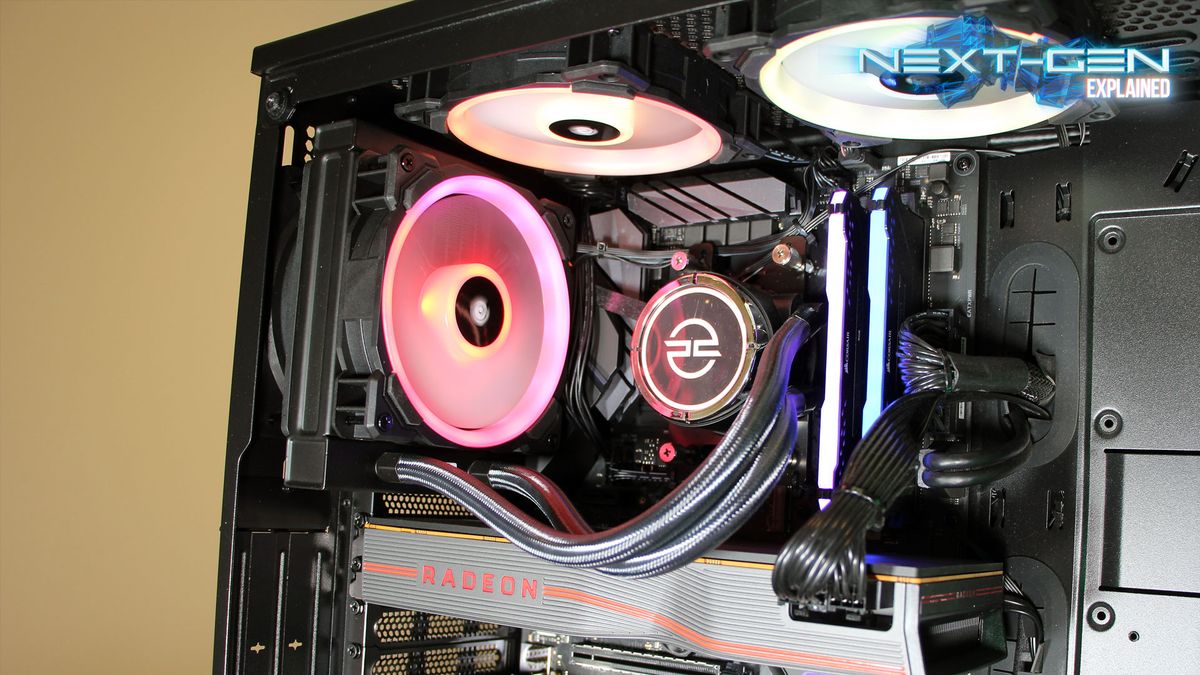
It's fair to say that AMD has had a tumultuous few years, with its Zen processors making huge waves but its graphics department underperforming to say the least.
Things are looking up when it comes to AMD's graphics business, though. The red team has released some solid GPUs into the mid-range market over the past few months thanks to its Navi architecture, and AMD is looking to capitalise on this success with a huge expansion of its Navi technology.
There are lots of questions surrounding Navi, though: what current graphics cards use it, how much they cost, and how they compete against their rivals from Nvidia – and what's next for Navi in future PCs and the next-gen consoles.
Navigating Navi
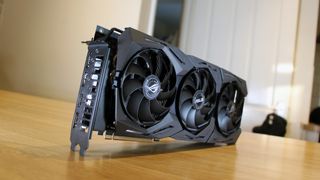
Navi is AMD's name for the underlying technology it uses in its current range of consumer graphics cards – the Radeon RX 5000 series. Two Navi graphics cores are currently used in the four Radeon RX 5000-series cards that are widely available, alongside a couple of obscure laptop GPUs. Those cores are called Navi 14 and Navi 10.
The Navi cores are underpinned by AMD's RDNA architecture. That name stands for Radeon DNA, and it's the first major architecture AMD has released since all the way back in 2012, when GCN debuted. The RDNA architecture improves on GCN in several key areas: the new architecture can motor through instructions at a far greater speed, and it uses a more advanced multi-level cache. It also addresses tasks in smaller batches, which means the GPU has finer control over its workloads – there’s more finesse and less brute force.
Elsewhere, RDNA has improved shader performance, added stream processors and transistors, and it uses similar amounts of electricity when compared to previous cards – so it’s doing more with less. AMD's Navi cores and RDNA architecture aren't just used in current Radeon cards. AMD already has plans to release a broader range of cards using its second generation of Navi products – and the second-generation hardware will also be used in the PS5 and Xbox Series X consoles.
Navi or Never
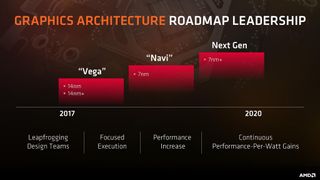
The Navi architecture can currently be found inside four key desktop graphics cards: the Radeon RX 5500 XT, the RX 5600 XT, the RX 5700 and the RX 5700 XT. The most affordable chip, the RX 5500 XT, costs around £180 in the UK and $180 in the US, and it’s AMD’s cheapest Navi product. It’s designed for 1080p gaming and esports, and it squares up against the Nvidia GeForce GTX 1650 Super.
Sign up to the 12DOVE Newsletter
Weekly digests, tales from the communities you love, and more
The current star of AMD’s range is the RX 5600 XT. It’s a superb card for 1080p and esports gaming – better than Nvidia’s rival GTX 1660 Super. It currently starts at £270 and $270. It’s important for AMD to have a big winner in this area of the market – because more people actually buy these affordable cards. The Radeon RX 5700 is a good 1440p card that starts at £300 and $330. At the top of AMD’s current stack is the Radeon RX 5700 XT, which costs around £370 or $380. It’s a good card, but it’s only really suitable for 1440p and widescreen workloads – not 4K gaming.
This area of the market is where AMD’s current range falters. Nvidia has a whole slate of cards in the high-end space that can handle 4K gaming, like the RTX 2080 Super and RTX 2080 Ti. They’re more expensive, of course, but they do exist. Navi is also used in a couple of laptop cores – the Radeon RX 5300M and RX 5500M. There are hardly any laptops around with these GPUs, though; when it comes to notebooks, Nvidia has the market sewn up.
Navi in the future
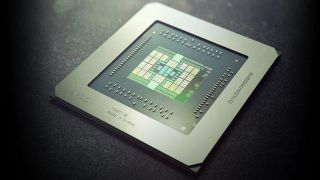
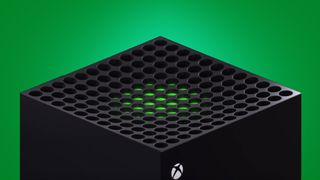
What is ray tracing, and is it really the future of gaming?
Navi is impressive now, but it’s clearly got weak spots – its high-end and laptop performance, for instance. Handily, AMD is already looking to the future. The second generation of Navi cores is tentatively called Navi 2X – presumably because different cores will have different names, like the existing Navi 10 and Navi 14 GPUs. AMD is planning a far more extensive range of Navi 2X cards.
The second range of Navi cards will use a revision of the RDNA architecture. Imaginatively, it’ll be called RDNA 2. This will be a refresh of the existing architecture rather than anything revolutionary, but it’ll still bring new features to the table: it’s going to have real-time ray tracing for graphics and audio improvements, just like Nvidia’s current cards, and it’ll include variable rate shading. AMD is, naturally, promising big performance gains across the board.
The first desktop cards to use Navi 2X are slated to arrive by the end of 2020. AMD is planning a full range of cards using this updated design, but the red team will probably start by releasing its big flagship – a high-end card designed to scythe through games at 4K. It makes sense for AMD to deploy a high-end flagship first. It’s where Radeon cards have been weakest for longest, so it makes sense to strike where Nvidia has had the high ground. Releasing a benchmark-breaking flagship is also good for getting eyes on your new range.
A Navi 2X 4K flagship will always be expensive, though – just look at Nvidia’s 4K capable cards, which cost at least £620 or $700. Don’t worry if that’s going to be too much for your bank account to handle: AMD will be releasing a full range of cards using Navi 2X, starting at the top and then working down to more affordable cards for 1440p and 1080p gaming.
Beyond the PC
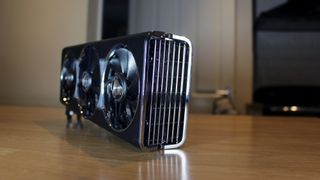
AMD’s next range of Navi hardware won’t just appear in PCs and laptops – it’s also going to be used in both Sony’s PS5 and the Xbox Series X. More details are currently available from Microsoft. We already know that AMD’s RDNA 2 architecture will be used in the next Xbox, and that Microsoft’s console will have a GPU capable of producing 12 TFLOPs of graphics power – on paper, that’s ahead of the Radeon RX 5700 XT, which produces just under 10 TFLOPs, and just behind the 11 TFLOPs of the Nvidia GeForce RTX 2080 Super.
AMD is including ray tracing and variable rate shading in the Xbox’s GPU – the two key features coming with Navi 2X and RDNA 2. Microsoft is aiming for 120fps gaming and 8K resolutions on the new console, although it’s unlikely that games will achieve both of those milestones simultaneously – there’s just not enough graphics power available. Sony has been coyer about its PS5 plans. We do know that the PS5 will use RDNA hardware, and Sony has said that it’ll support real-time ray tracing – which suggests an RDNA 2 chip rather than a first-gen RDNA part with ray tracing tacked on. Sony also won’t want to kit out its new console with first-gen hardware, especially when Microsoft is using RDNA 2.
Rumours also suggest that Sony’s AMD-powered console will produce 13 teraflops of graphics power. If that’s true, it’ll be more powerful on paper than the Xbox Series X. The future is looking brighter for AMD – the first generation of Navi products has seen the red team gain a noticeable foothold in the graphics market, and the second generation of products will be broader, and will encompass both PCs and consoles. AMD’s graphics department isn’t out of the woods yet, but things are certainly looking up. So, whether you’re getting a new PC graphics card, a PS5 or an Xbox Series X, it looks like lots of people will be getting AMD hardware for Christmas.
For more details on all the next-gen jargon, check out more of our next-gen explainers.
Mike Jennings is a freelance tech writer and marketer with over a decade of experience. He has written for websites and publications including TrustedReviews, TechRadar Pro, TechSpot, IT Pro, CustomPC, TechAdvisor, Wired, Creative Bloq, and GamesRadar - among others.
